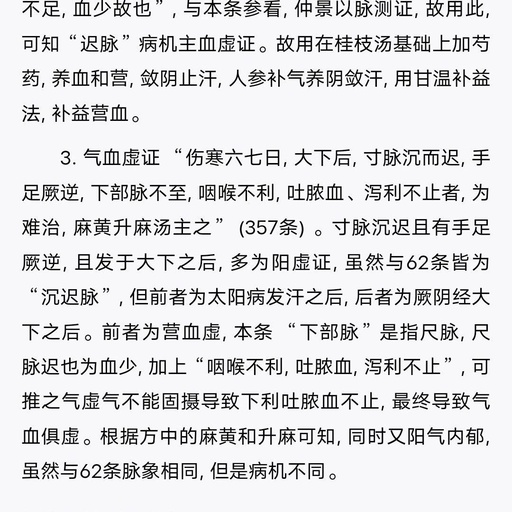
In Traditional Chinese Medicine (TCM), pulse diagnosis is a critical method for assessing the health of an individual. The pulse can be categorized into various types, including 浮脉 (fú mài) (floating pulse) and 沉脉 (chén mài) (sinking pulse). Each type provides insights into the body’s condition and underlying imbalances.
The 浮脉 (fú mài) is typically felt when the fingers are placed lightly on the wrist. It indicates a condition where the body’s Qi (气) is close to the surface, often associated with external pathogens or excess Yang energy. In contrast, the 沉脉 (chén mài) is felt deeper and requires more pressure to detect. This pulse suggests a deficiency of Qi or blood, often indicating internal conditions or excess Yin energy.
Understanding these pulse types is essential for practitioners to formulate appropriate treatment strategies, including herbal prescriptions and acupuncture techniques.

